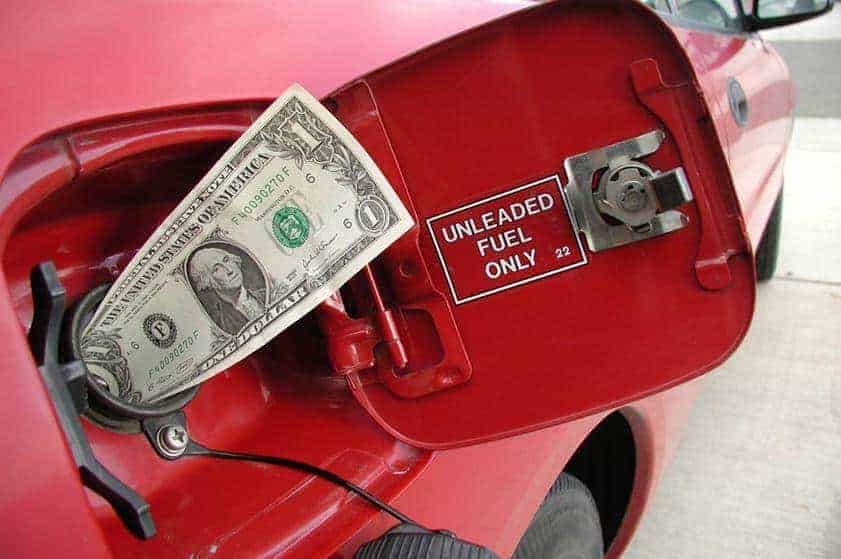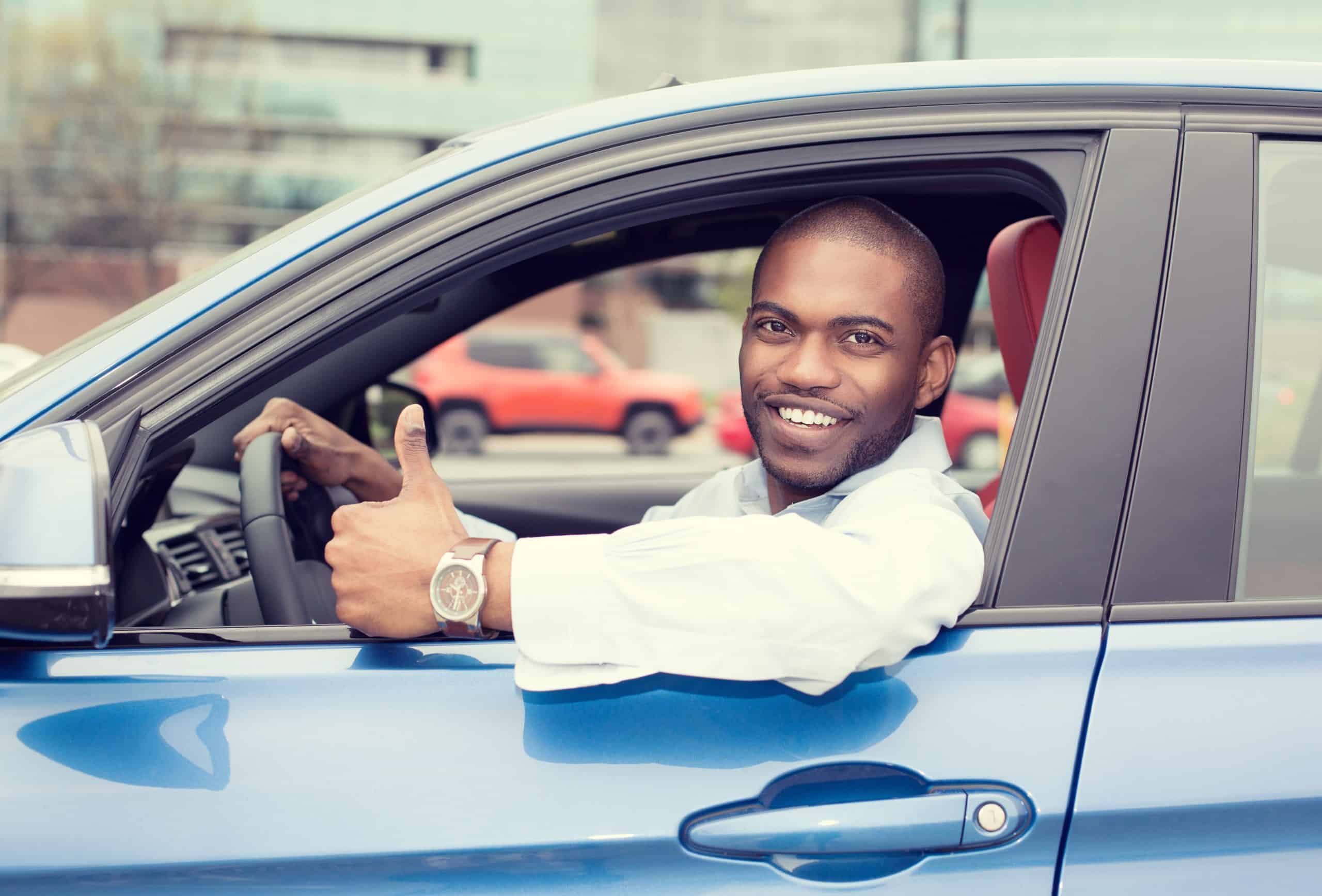Experienced drivers have all kinds of tricks for saving gas while they drive, so they can save money by not refueling as often. These run the gamut from keeping the trunk empty to turning off the engine instead of idling. If you have mastered those and want to try something more extreme to keep you away from the pump, you might consider hypermiling.

Photo: Deposit Photos
Hypermiling is employing obscure driving techniques to improve gas mileage, no matter what type of car you drive, and they aren’t always easy to do. Some hypermilers are willing to wear ice packs so that they can keep their windows rolled up and air-conditioning off in the worst of summer. That’s a bit much for most of us, but some techniques are just slightly unconventional and do add up to savings over time.
The TV show Mythbusters tested three hypermiling techniques. Here, we take a look at their findings to see if the tips actually work and review additional tips for saving fuel so you can spend less on gas for your car.
3 hypermiling tips that save gas and money
The Mythbusters found the following hypermiling tips actually work.
Keep the outside of your car clean. The Mythbusters found that a clean car gets better gas mileage than a dirty one. It may be time to heed the “Wash Me” sign the neighbor kid traced on your trunk.
Avoid left turns and busy streets. UPS uses software to plan routes so their drivers make very few left turns, saving on gasoline. Drivers make left turns only if a series of right turns would make the route too crazy. The Mythbusters’ info is mixed on this; they found that this method did not save gasoline with a car, but it did with a truck. Of course, they used only right and left turns rather than an optimized route.
I started making right turns at minor streets rather than major ones, which means I no longer get stuck behind three cars at a stop light when I want to turn.
Relax. Play music that makes you happy. Crabby drivers use more gas than happy ones. This tip is easier to follow if your kids haven’t started dividing up the back seat and screaming whenever a sibling’s hand encroaches.
More gas-saving tips
The main website for hypermilers is EcoModder. Here’s where you can find the most extreme driving tips. Some of these should be tested by the Mythbusters, but others make a lot of sense. Here are a few worth trying:

Photo: Deposit Photos
Pull through when parking. Whenever possible, pull through a space, so that you are facing out. If you can’t do that, back into the space. The worst thing is to back out of a space, because the reversing required uses a lot of gas when the engine is cold. Also, facing forward when you pull out of a space is safer because you have a clearer view.
Combine errands — and do the farthest errand first. This way, you do more of your starting and stopping when the engine is already warm.
Use cruise control only on flat roads. Otherwise, you lose the gas-saving benefits of coasting down hills.
Reduce braking. No, we’re not telling you to zoom around and never hit the brakes. As much as possible, pull off the gas and coast to slow down rather than put your foot on the brake. This is especially easy to do when you see a light change to red up ahead, but you’re still a ways away. No need to race up and then slam on the brake. Ease off the gas and let the car naturally slow down as you approach the intersection.
Get the junk out of the trunk. Less weight means better mileage, so don’t use the cargo area as an extra attic. After family vacations, remove all unnecessary items, including that roof-top cargo carrier, which creates wind resistance and lowers mileage. If you’re the person who always drives with a trunk full of stuff, pare it down to only an essential emergency kit and leave the rest at home.
Use windows wisely. Keep them closed at highway speed, since open windows cause enough drag to reduce mileage by 10%, more than air-conditioning. Open windows in stop-and-go traffic to prevent the air-conditioner from working overtime.
Observe speed limits. Aerodynamic drag increases as speed rises, so 55 mph gives you up to 21% better mileage than driving at 65 mph or more.
Use cruise control. Braking and accelerating waste fuel, so use cruise control whenever possible to maintain a steady speed. Similarly, avoid “jackrabbit” accelerating and passing for maximum gas efficiency. If your automatic transmission is equipped with an overdrive gear, switch to it as soon as your speed is high enough. The opposite is true for a manual transmission — the lower the gear, the better the fuel economy.
Avoid excessive engine idling. Save gas by turning off the engine while waiting for friends and family. Also avoid “revving” the engine, especially just before you switch it off, as this wastes fuel and reduces oil pressure, which further reduces gas mileage.
Keep tires properly inflated. Follow the manufacturer recommendations on tire pressure. Too much or too little air affects ride comfort, causes tires to wear out faster and reduces gas mileage from 0.6% to up to 3%. A pencil-style tire gauge costs around $1 and a digital version is around $4. Always check pressure when tires are cold — that means before you leave the driveway or parking lot.
Evelyn Kanter contributed to this report.
If you liked this post, you may also like:

Hi Annie, just wanted to say I love Chicago on the cheap.
Great stuff!!